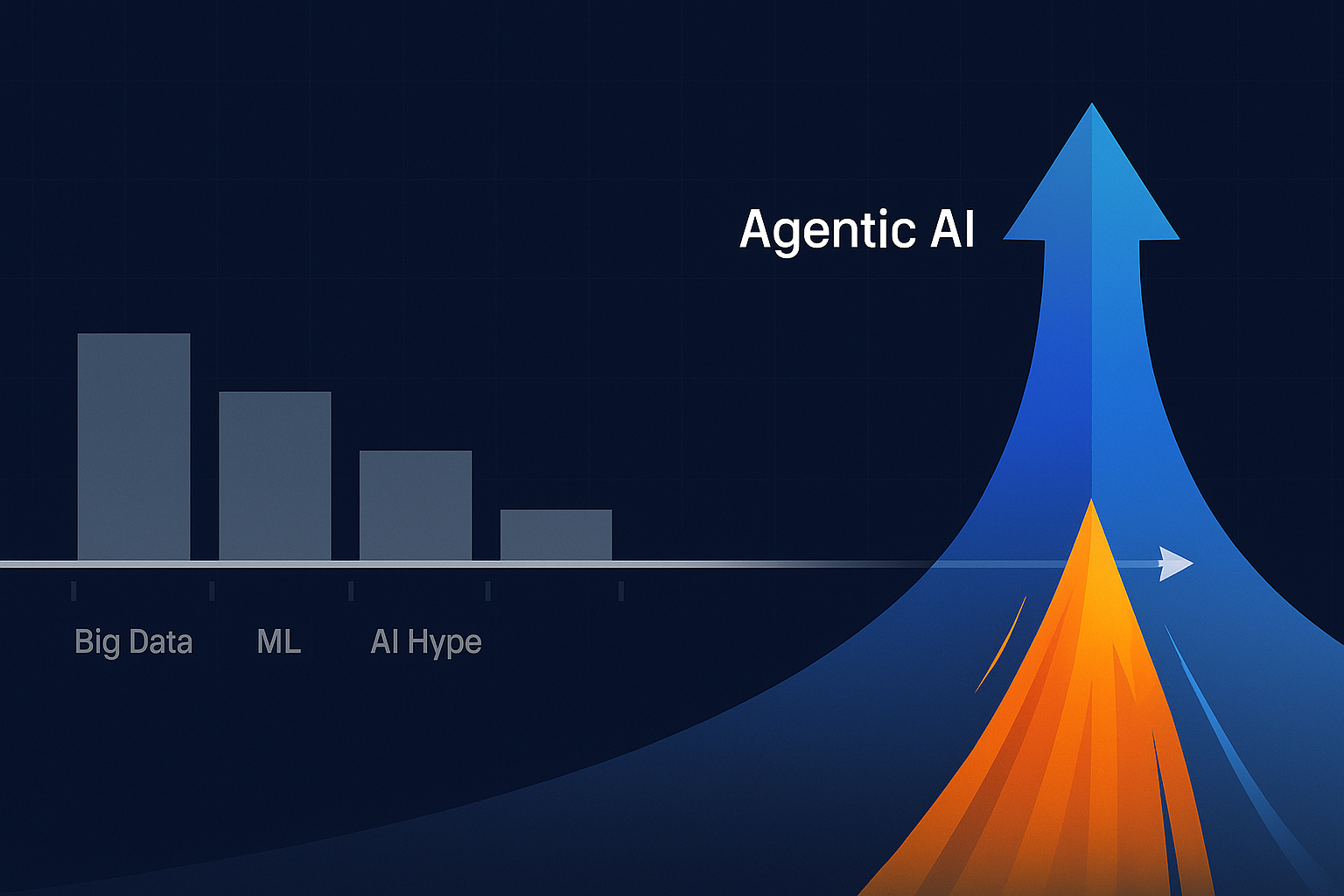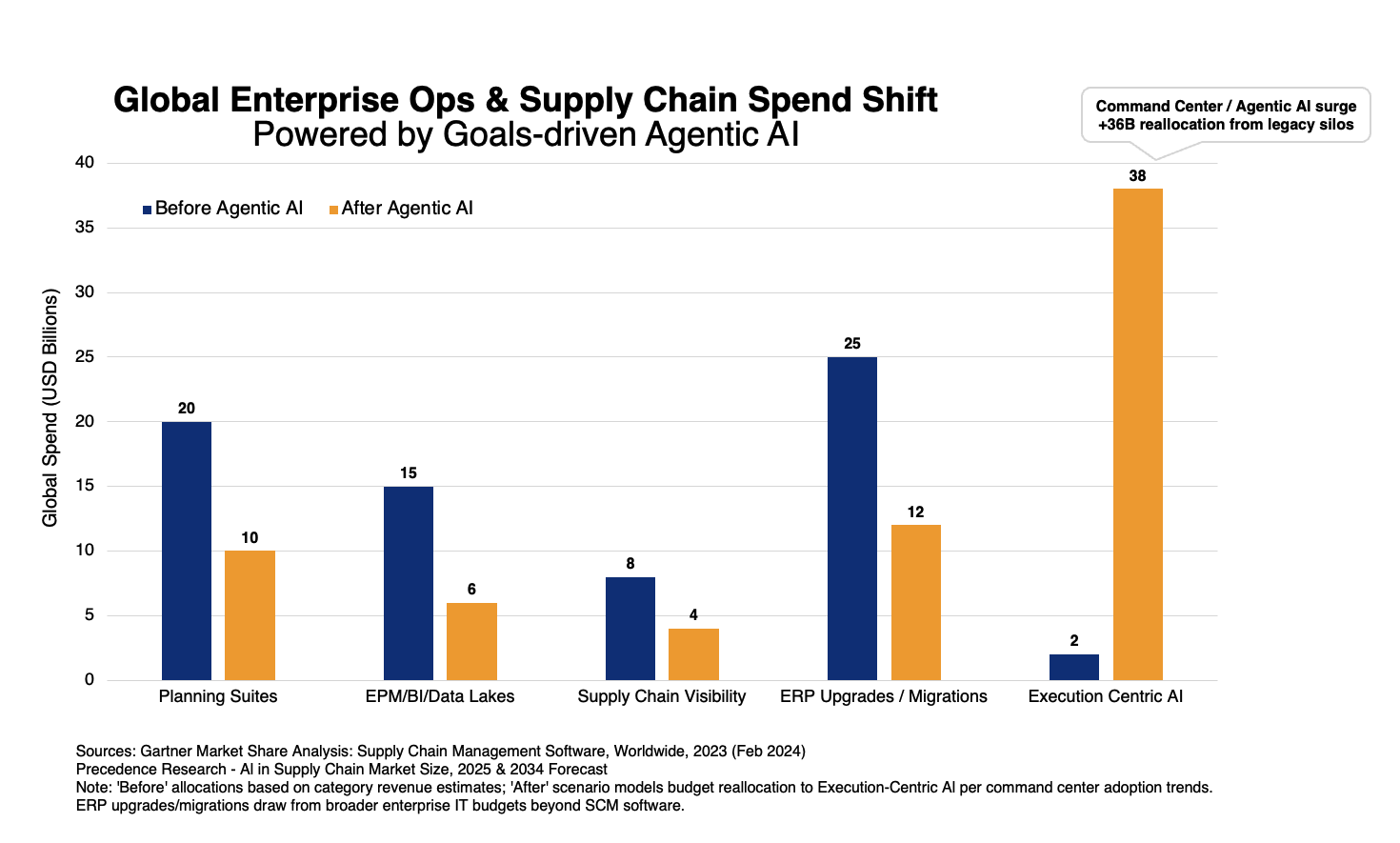A New Season in Fashion augurs a New Era for Visibility
As the year entered its final quarter, I was revisiting some predictions pundits had made for 2019. It’s an interesting exercise I go through every year. Estimating soothsayer accuracy is not the objective. Some predictions will be right, a few wrong and in majority of the cases it will be difficult to say – either the data isn’t there or it’s too early for any decipherable trend. Regardless of their chances of coming true, the ideas are inspiring and make a good segue to predictions for the coming year.
Among those I perused was McKinsey’s annual “The State of Fashion” report. I have been thinking of writing about it for a while. Now that the 2020 report is almost due, procrastination is no longer an option. The report is comprehensive. I will discuss only two topics – Consumer Shifts (this post) and Fashion System (later).
The report mentions that changes in consumer preferences will be driven by technological changes, stronger identification with social causes, desire for variety and efforts to bridge the consumer-brand trust gap. There are ample details and plenty of examples about what some companies are doing on these fronts. However, if you are a supply chain manager a common thread is the giant leap visibility has to make for these ideas to turn real.
A quick review of the different consumer shifts and their implications for Brand-Owners in more detail:
End of Ownership
Here is a jaw dropping estimate from the report: In 10 years the resale market for garments could be bigger than fast fashion. Resale and rental will feed the generation Z’s craving for variety. So, products will have to be more durable and refurbishment will be in vogue. That will also reduce garments going into landfills – a cause the generation feels strongly about.
No doubt a welcome development. But how prepared is the brand-owner to support such partner business models? Will retail and rentals be separate channels? Today the store sales & on-shelf inventory they track is an important input for their CPFR (Collaborative Planning, Forecasting and Replenishment) process. In future, will they have to track rented out inventory also? If yes, that will require even closer collaboration with the rental service provider – a host of data points like rental periods, their extensions and condition of products on return may have to be collected. How will condition be assessed – is there a need for AI based tools or will the rental providers’ judgement have sufficient detail and reliable uniformity? Further, refurbishment might bring in some of the challenges that industries like auto & aerospace are grappling with today – will refurbishment be carried out by the rental service provider? If yes, will there be a new stream for authentic “spares” – those trochus buttons, the right sourced fabric and so on? And if the garment is going to go back to the brand-owner for refurbishment, will visibility to reverse logistics become important?
What visibility will the consumer need? Imagine renting that fancy new dress only to find out that your neighbor was instagrammed wearing it last week. How can such buzzkills be avoided without infringing on privacy?
The questions are many. Most answers will evolve over time. But one thing is for sure, these new business models will require visibility to nooks of the supply chain that have been opaque to date.
Getting Woke & Radical Transparency
Though the above two topics are covered separately in the report, I am combining them since they are connected. “Getting Woke” is a social media popularized term. It means being attentive to social justice. The idea is that it is not just creativity that drives sales but also the ability of the brand to connect with causes that are dear to the consumer. But that is a double-edged sword – brands cannot be seen as fighting for justice in their markets and tolerating injustice (even unknowingly) at their suppliers. Ralph Lauren’s fight against cancer or Levi Strauss’ campaign against gun violence will reek of hypocrisy if workers in their extended supply chain are mistreated or their sourcing is unsustainable. So, visibility across the extended supply chain is not just about efficiency but also about casting a light on brand values.
Today most brand-owners do not even know the entities in their extended supply chain, let alone their alignment to brand values. Blockchain is seen as an answer. But it only ensures the integrity of data captured. Brand-owners need visibility that enables them to act before it is too late. This means marrying the extended supply chain data with information from rights, environment and industry bodies. Exceptions built on top of these can alert the brand-owner to unsavory entities in their ecosystem. Even when they are not able to terminate the entity on time, the system can help identify and remove the tainted product units. Hitherto, such visibility was needed only in the food and life sciences industries. Now with consumers demanding ethics across the supply chain, the same will be applicable to fashion too.
Now or Never
This section of the report examines an area on which a lot has been written in the last 2-3 years – changes to consumer buying behavior & expectations. Fewer buyers are convinced by ads or store salespeople. They are increasingly turning to celebrities, social media influencers and their friends for inspiration. Further, companies like Netflix and Amazon have redefined what consumers consider acceptable wait times. Any longer and the sales opportunity vanishes faster than it came.
What brand-owners/ retailers need to do is also well documented – seamlessly integrating online purchases to store pickups, image-based searches, intuitive mobile apps and so on. But, how effective can this sophisticated consumer visibility be with current levels of internal visibility? How many supply chain systems are integrated with social media feeds? If “likes” for a celebrity endorsing the brand surges, will the operational intelligence system identify the corresponding geographies and alert the logistics personnel?
Overall, the message couldn’t be clearer… If visibility has been your supply chain’s Achilles heel, it is only going to get worse with the turn fashion is taking. To win in this new season, your organization has to tightly embrace the consumer shifts identified in the report. The more meaningfully you improve your supply chain visibility, the tighter the embrace!







